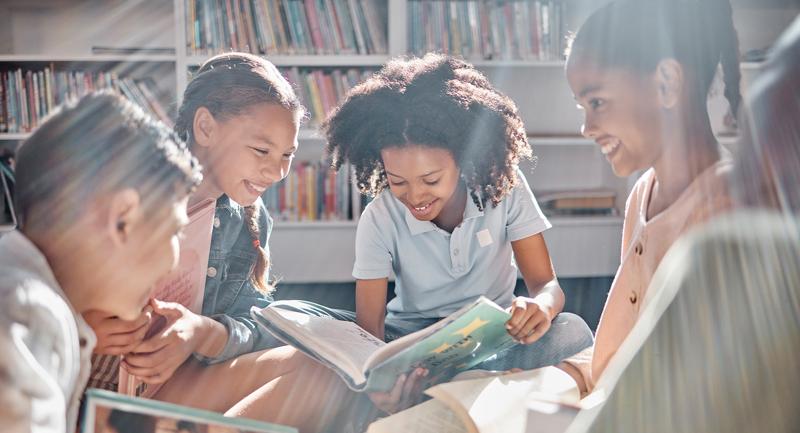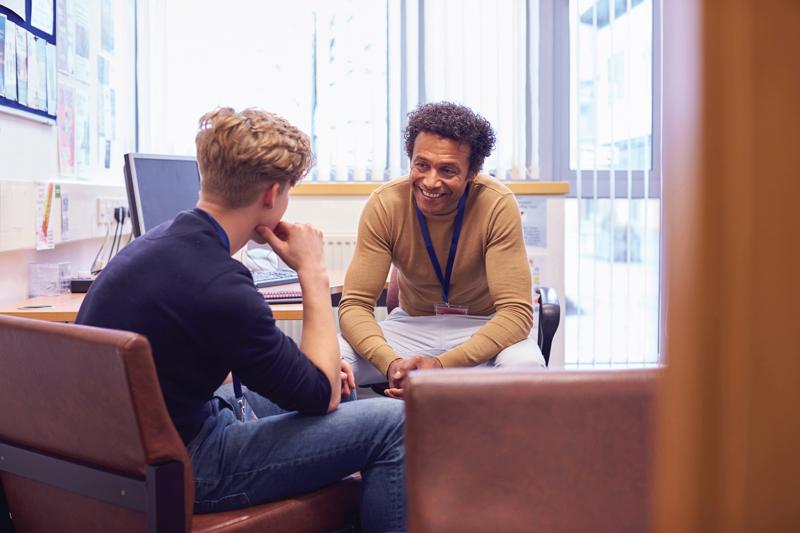How a lesson ends can affect a learner's ability to organize, evaluate, and store information presented in class. Although we give emphasis to hooking students' interest at the start of instruction, the end is often hurried and overlooked. These emergency landings leave students struggling to absorb newly acquired knowledge as they rush out the door to the drone of homework reminders and announcements. Teachers tend to subconsciously undervalue closure; as a result, they don't plan for it and miss out on the opportunity to collect rich learner feedback.
Realize That Closure Is Important to Students
Students need a structured organization for the concepts they are learning. They also need to deepen their thinking by attaching context to the content through their own personal experiences. Reflective closure activities can provide this opportunity. Closure should happen not only after the lesson, but also at various points during the lesson.
Remove Hindrances
Much ado is given to bell work and dynamic ways to present the learning objectives for the day's lesson. Teachers must also manage an "estimated time of arrival" in their classes and ensure that students have ample time to make a cognitive landing that will keep their newly acquired knowledge intact. Establishing a framework for these activities will ensure their effectiveness.
- Teach manageable portions of content. Teaching two concepts well is better than rushing through three.
- Set an alarm. Having a mechanism (a timer or buzzer) that sets the end of instruction and the start of closure activities keeps you accountable and your students informed of next steps.
- Remove everything from the students' learning area. Putting away materials, notes, and books signals the instructional shift and removes distractions.
- Money talks—make it a grade book item. Giving lesson closure a completion or participation grade increases student engagement and providing constructive feedback can alter the scope and sequence of your curriculum.
Routinize Strategies
You can apply dozens of strategies and activities to get students to think about their thinking at the end of class. Here are three of my favorite closure activities:
Around the Horn: Start with a safe object for throwing and catching, such as a piece of fresh fruit or a plastic caveman club. Model the exercise first by holding the object in your hand and stating one thing you learned from the lesson and one way it relates to your life. After you're finished, toss it to the nearest student so she can share one thing learned and one way it relates to her life. Then, have the student throw the object to the next person, repeating the process until every student has shared a takeaway.
Negotiations: Allow the students to go to the board in pairs, one marker per group. Once the students are at the board, display the following three questions: What did you learn today? How is what you learned useful to society? and How does this information fit in with what we have already learned? Give the students time to formulate an answer for each question that is reflective of both of their learning experiences. Have them write their answers on the board and share them with others.
Logo Galleria: Give each student a piece of construction paper and colored pencils and have them create a graphic depiction (such as a logo or coat of arms) that involves everything they learned in class that day. Allow the students four minutes to draw and then have them hang their drawings up on the board. In the last three minutes of class, let the students walk around the room with a marker, making one thoughtful comment under each work of art. Turn on some classical music to make it a true galleria.
By finding lesson closure activities that fit your students and making them a part of your daily routine, you can achieve that perfect cognitive landing. In my history class, using lesson closure has added layers to my instruction and secured learning for my students in ways that are fun and engaging.








